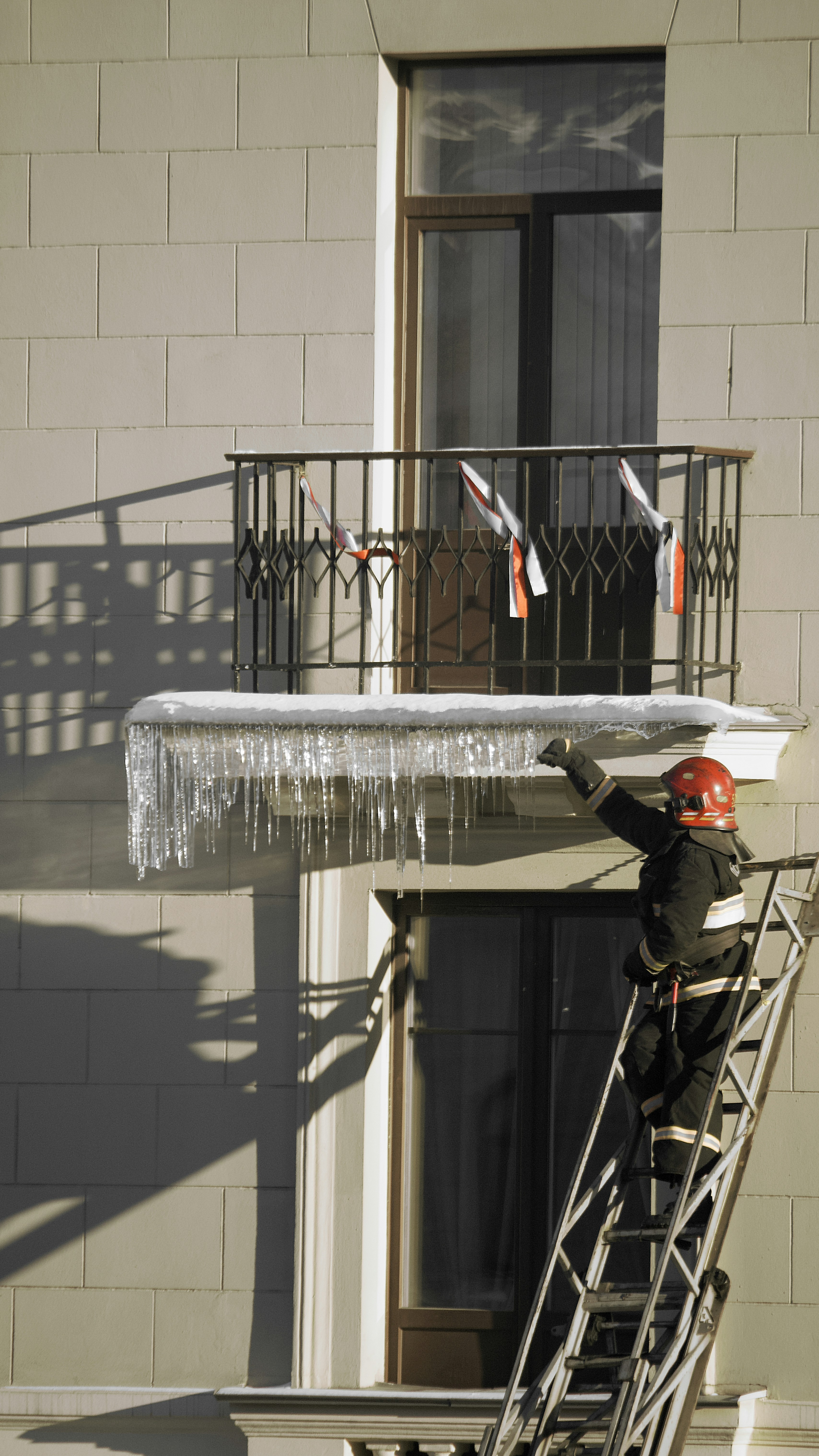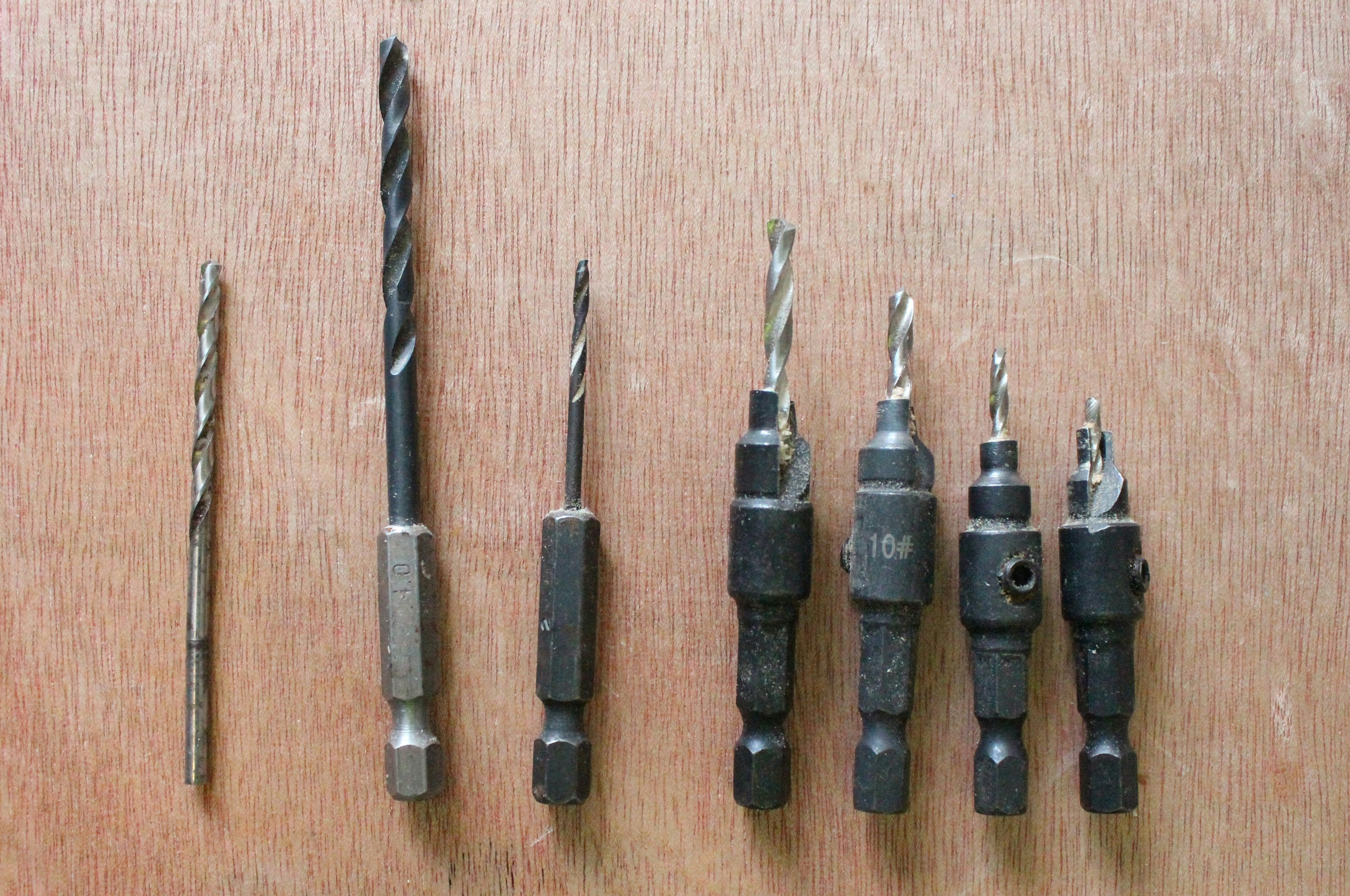Understanding the Importance of Dryer Vent Cleaning
Regular maintenance of dryer vents is crucial for the safety and efficiency of every household. Over time, lint and debris accumulate within the dryer vent system, obstructing airflow and creating significant hazards. According to the U.S. Fire Administration, dryer fires are among the leading causes of home fires, primarily due to the presence of flammable lint that can ignite. As such, understanding the importance of dryer vent cleaning is essential for all homeowners.
Neglecting the cleaning of dryer vents not only poses a fire risk but also severely impacts energy efficiency. A clogged vent can force the dryer to work harder, leading to increased energy consumption and higher utility bills. Inadequately vented dryers often result in longer drying times, which can place unnecessary strain on the appliance, potentially leading to costly repairs or premature replacement.
The accumulation of lint and debris can also cause a variety of other issues, including mold growth, which can be harmful to the health of residents. Blocked vents can trap moisture, creating an ideal environment for mold and mildew. In addition, inefficient drying cycles can lead to damp clothing, which can further worsen the mold issue and present additional health risks.
Furthermore, regular cleaning of dryer vents ensures optimal performance of the dryer, extending its lifespan and maintaining its efficiency. Homeowners should consider scheduling professional cleanings at least once a year, or more frequently if they notice changes in drying times or any signs of lint accumulation around the dryer outdoor vent. By prioritizing dryer vent cleaning, the risks associated with fire and health hazards can be significantly mitigated, and households can maintain a safe, efficient, and healthy living environment.
The Dangers of Clogged Dryer Vents
Clogged dryer vents represent a significant yet often overlooked hazard in many households. When lint accumulates in the vent, it can obstruct the airflow crucial for the safe operation of the dryer. This stagnation can lead to overheating, which increases the risk of a fire. According to the U.S. Fire Administration, dryer vents are responsible for approximately 2,900 residential fires annually, resulting in extensive property damage and posing threats to lives. The primary cause of these fires is often attributed to the failure to clean the dryer vent adequately.
As lint traps only capture a fraction of the debris produced during drying cycles, it is essential to recognize that the venting system requires regular maintenance to prevent buildup. Often, homeowners are unaware of the signs indicating a vent blockage. Symptoms may include longer drying times, excessively hot exterior surfaces of the dryer, a burning smell during operation, or the presence of lint accumulating around the appliance. If a dryer is taking longer than usual to dry clothes or if it suddenly shuts off after a short period, these could be red flags suggesting a clog is present.
Failure to address a clogged dryer vent in a timely manner can not only lead to more serious issues, such as the risk of fire but can also contribute to increased energy bills due to the inefficient operation of the dryer. Homeowners should engage in regular inspections and cleaning of their dryer vent systems, striving to schedule a professional cleaning at least once a year or more frequently in high-use households. Early action is vital in safeguarding not only the appliance but also the home and the safety of its occupants.
How to Properly Clean Your Dryer Vent
Keeping your dryer vent clean is crucial for ensuring optimal performance and preventing fire hazards. Homeowners have several options for effectively cleaning their dryer vents, whether through do-it-yourself methods or hiring professional services. Understanding the tools and techniques required for each approach is essential for achieving the best results.
For those opting for a DIY cleaning method, the first step involves gathering the necessary tools. A vacuum with a hose attachment, a long-handled brush specifically designed for dryer vents, and a lint trap cleaning brush are essential items. Begin by unplugging the dryer and disconnecting it from the vent to gain easier access. Use the vacuum to remove visible lint from both the dryer vent and the lint trap. This step is important as it reduces the risk of a buildup that can lead to fires.
Next, insert the long-handled brush into the vent to scrub away any stubborn debris. Pull the brush in and out slowly to dislodge lint while being cautious not to damage the vent. Following this, reconnect the dryer and run it on a short cycle to further ensure that any remaining lint is expelled through the vent. It’s advisable to perform this process every six months or so, depending on usage.
Alternatively, homeowners may choose to call in a professional service, particularly when the vent is significantly blocked or difficult to access. Professional cleaners have specialized equipment, such as rotary brushes and high-powered vacuums, which can efficiently clear out accumulated lint and debris. Furthermore, they can inspect the entire vent system to ensure there are no additional issues that may require attention.
Regardless of the chosen method, safety should always be a priority. Ensure that the dryer is properly unplugged before attempting any maintenance and consider wearing safety glasses and a mask to protect against dust and particles. Consistent maintenance is an investment in your home’s safety and efficiency.
Tips for Maintaining Your Dryer Vent System
Proper maintenance of your dryer vent system is essential for ensuring its optimal function and reducing fire hazards. Regular cleaning should be performed at least once a year, or more frequently in households that use their dryer extensively. Frequent use can lead to lint buildup, which significantly diminishes airflow and contributes to overheating. As a guideline, consider cleaning the vent every six months if you dry more than four loads of laundry each week.
Recognizing warning signs is crucial in maintaining your dryer vent system. Homeowners should be attentive to symptoms such as longer drying times, excessive heat emanating from the dryer, or a burning smell during operation. These indications are often early warnings of lint buildup or blockages. Furthermore, if you find that your laundry is unusually hot or that the vent grille is warm to the touch, these could also signal flow issues that require immediate attention.
To enhance airflow and prevent clogs, consider installing additional equipment like lint traps or exterior vent covers. Lint traps can catch excess lint before it even enters the main duct, while exterior vent covers help keep out debris, pests, and weather elements that can obstruct airflow. Ensure that the exterior vent opens freely when the dryer is in use and closes securely when not in operation. Moreover, performing regular inspections of the ductwork for any signs of wear or damage is vital. Ducts that are crushed, kinked, or otherwise damaged can restrict airflow and pose safety risks.
By integrating these maintenance tips into your routine, you can ensure a safe and efficient laundry experience while extending the lifespan of your dryer vent system.
If you’re interested in purchasing the item you seek, please click the link for additional details: #americanachoice.
https://amzn.to/3SBN3Oy
AFFILIATE DISCLOSURE: I am an affiliate for this company, I am not a paid employee.
I may receive a commission if you click a link on this page and choose to purchase something.
You can rest assured I will only share things I believe in and will be valuable to you.



